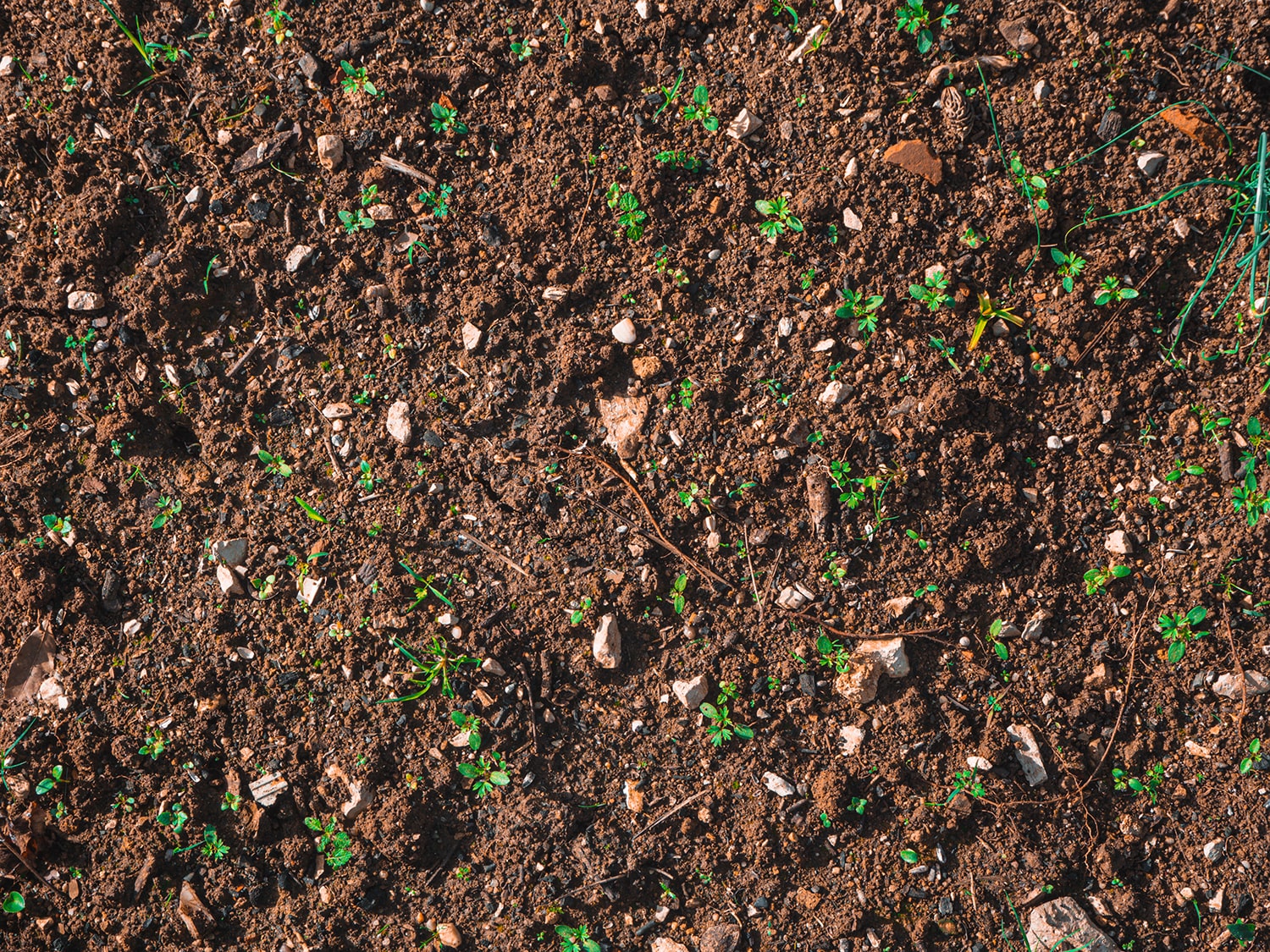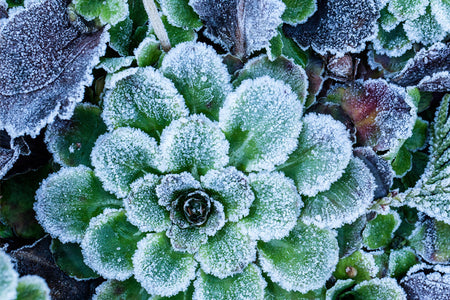Mistakes happen and, as a new homeowner, you’re bound to make a few without even realizing it. Keeping your plants alive, healthy and growing well can be a difficult job. To help you out, we’ve put together a list of some of the most common gardening mistakes that new homeowners make so that you can avoid some of these pitfalls.
Mistake 1: Planting as Soon as You Move In
You have a fabulous new yard, and you’re excited to get outside and start making it your own, right? Well, not so fast. It’s a lot better if you wait and get to know the yard before you start planting. Give yourself a few weeks to see where shade falls from trees, fences and various structures. That should tell you the ideal homes for shade plants. Learn, too, which spots tend to be dry or moist, and what other factors might affect your planting plans.
Mistake 2: Not Knowing Boundaries
Boundaries between yards are not always clear, even though they should be outlined during the sale process. Before you start planting or building, make sure that you look around for boundary markers. Consult your survey paperwork or even have an official survey done before you plant a tree or install a bed close to the edge of your property.
Mistake 3: Forgetting to Call Before You Dig
There’s a reason “call before you dig” is a commonly known slogan — and that’s because new homeowners often aren’t aware of where utilities, water lines or even the coaxial cable for your satellite dish is buried. Some of these lines can be quite close to the surface, too. Shortly after moving in, it’s smart to call utility companies and have them plot where lines may be running. This includes water, gas, phone, electricity and cable companies.
If you have fixtures in the yard — such as a satellite dish — find where the cable enters the home, then mark a line that leads to the dish. That is probably where the cable is buried, unless there happens to be obstacles in the way that installers may have had to dig around.
Mistake 4: Too Much Weed Killer
People assume that weed killer will kill the dandelions but leave the grass. The truth is that there are some weed killers that can also kill grass. Many weed killers available to homeowners can kill everything — and, thus, many new homeowners inadvertently kill entire lawns just trying to get rid of the weeds.
If your lawn has a lot of weeds and you want it to be lush, green grass, your best bet is to buy a weed killer from your local hardware store that is specifically made to kill weeds, not grass. Alternatively, you could pay a professional lawn service to make regular treatments to eliminate weeds, reseed patchy areas and fertilize the rest. Otherwise, you can try spot-killing weeds by using boiling water on individual plants or by pulling them out by hand.
Mistake 5: Cutting the Grass Too Short
If you want to mow less often, you should cut your grass shorter so that it spends more time growing between mowing, right? At least, that’s the logic many new homeowners use when they’re mowing — and it seems like it ought to be solid logic.
However, cutting grass too short can lead to an unhealthy lawn that ends up needing a lot more maintenance. When blades are cut too short, grass is less able to collect sunlight through its leaves. This could starve the plant, leading to brown patches throughout the lawn. It’s always best to cut grass so it is between 2.5-3 inches long in order to keep it healthy.
Looking for more ways to avoid gardening mistakes and make lawn and garden care easier? Try a Power Planter garden auger. An auger is a great way to make sure you’re digging holes to the right depth when you’re planting. You can even use one to mix soil amendments and for other tasks around the lawn and garden.







